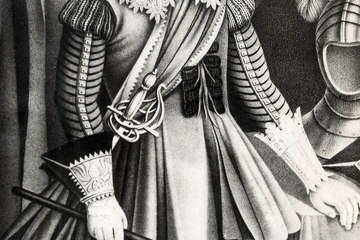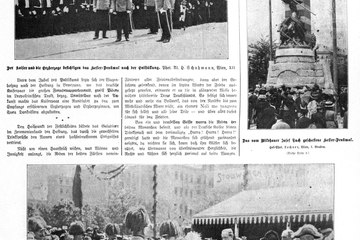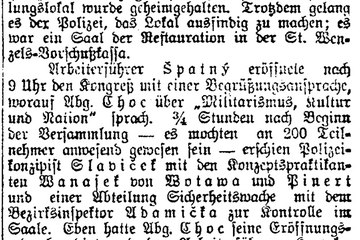The militarisation of the Habsburg Monarchy
Until its end, the Habsburg Monarchy was a military monarchy, but its warlike character was long underplayed by Austrian historians, be it because they preferred to shift the blame onto others or to interpret the narrative in their own interests, or because of the complicated relationship to the military after 1918 and 1945. The result was a distorted picture of history. It is possible that the “Felix Austria” marriage policy enabled the Habsburgs to add to their power without going to war, but the fact remains that the Monarchy usually relied on its systematically developed military might to assert its interests. In the “long” nineteenth and early twentieth centuries, the Danube Monarchy engaged in a whole series of armed conflicts – the coalition wars against France (1792–1815), the wars against northern Italy and Hungary (1848–49), against Piedmont and France (1849), against Schleswig-Holstein (1864), against Prussia and Italy (1866), the occupation of Bosnia-Herzegovina (1887), the annexation of Bosnia (1908) and the entrance into the First World War. But the military and warlike character of the Habsburg Monarchy can be seen not only from the number of military actions but also from the social status of the military.








